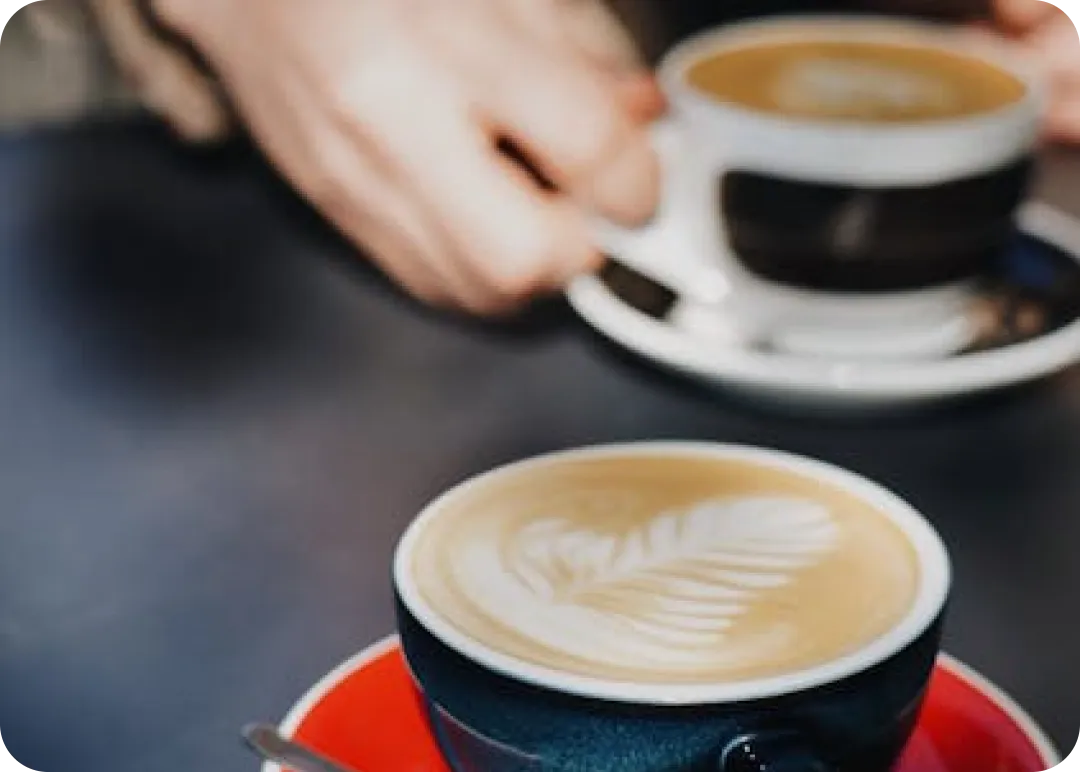Movies
Passing
Mystery
Drama
Thriller
US
UK
Alice's Adventures in Wonderland (Fushigi no Kuni no Alice)
Humpty Dumpty is a character that has captured the imagination of readers and viewers alike for generations, largely due to his memorable appearance in Lewis Carroll’s classic novel Alice’s Adventures in Wonderland. Over time, Humpty Dumpty has become much more than just a whimsical egg-like figure—he’s evolved into a symbol rich with meaning. In fact, you’d be hard-pressed to find someone unfamiliar with Humpty Dumpty, whether through the original story or one of its many adaptations, such as the beloved anime Fushigi no Kuni no Alice.
Now, let’s talk about Humpty Dumpty for a moment. He’s portrayed as an anthropomorphic egg—yes, literally a walking, talking egg with a large head and a rather fragile physique. One of the most defining aspects of Humpty Dumpty is, of course, his infamous fall from a wall. And as the rhyme goes, once he fell, no one could put him back together again. That image alone has cemented Humpty Dumpty as a metaphor for irreversible damage and tragic downfall in popular culture.
In Alice’s Adventures in Wonderland, Humpty Dumpty shares a particularly engaging conversation with Alice. During this exchange, he dives into the meaning behind the nonsense poem “Jabberwocky,” showcasing not only his intelligence but also his flair for linguistic manipulation. It’s here that he casually mentions his disastrous tumble from the wall, emphasizing how he was beyond repair afterward. This moment adds depth to Humpty Dumpty, transforming him from a mere nursery rhyme figure into a layered character grappling with permanence and consequence.
Interestingly, the anime adaptation Fushigi no Kuni no Alice expands on Humpty Dumpty’s role significantly. Unlike his brief appearance in the book, here he appears across multiple episodes, allowing for a deeper exploration of his personality and backstory. In this version, Humpty Dumpty is punished for his misbehavior—specifically, for falling off the wall—as if the act itself were a moral failing. This portrayal casts him in a more tragic light, painting him as someone burdened by the consequences of his actions. It’s a thoughtful take, really, using Humpty Dumpty’s predicament to teach lessons about responsibility and the long-lasting impact of choices.
So, why does Humpty Dumpty continue to resonate with audiences over a century later? Well, part of it lies in his symbolic weight. Humpty Dumpty stands for more than just a broken egg; he represents irreparability, consequence, and even existential loneliness. Whether in literature, film, or animation, Humpty Dumpty remains a compelling figure because he embodies themes that are universally relatable.
From a psychological standpoint, Humpty Dumpty might be classified as an ENTP personality type—Extroverted, Intuitive, Thinking, Perceiving. Think about it: Humpty Dumpty is undeniably outgoing. He engages Alice with confidence, charm, and a playful wit that immediately draws her in. His extroverted nature shines through every interaction, making him both entertaining and slightly provocative.
Then there’s his intuition. Humpty Dumpty doesn’t just speak plainly—he plays with language, invents meanings, and revels in riddles. His creative use of words shows a mind that thrives on abstract thinking and imaginative interpretation. It’s clear that Humpty Dumpty sees patterns and possibilities where others see confusion, which is a hallmark of intuitive types.
When it comes to thinking versus feeling, Humpty Dumpty leans heavily toward logic. He dissects language with precision, pointing out inconsistencies and redefining terms to suit his arguments. This analytical mindset suggests a strong thinking preference—one that values reason over emotion, at least on the surface.
And finally, his perceiving trait is evident in his spontaneity. Humpty Dumpty doesn’t follow rigid structures; he adapts, improvises, and keeps Alice (and the audience) on their toes. His unpredictable nature makes him all the more fascinating, reinforcing the idea that Humpty Dumpty is very much a perceiving type—flexible, curious, and open-ended.
Beyond the Myers-Briggs framework, Humpty Dumpty may also align closely with the Enneagram Type Four, known as the Individualist. There’s a deep sense of melancholy and separation in the way Humpty Dumpty carries himself. He speaks of being “lonely and ignored,” which echoes the inner world of many Type Fours who feel fundamentally different from those around them. This emotional sensitivity adds another layer to his character, making him more than just a clever talker—he’s someone who feels deeply, perhaps too deeply.
Moreover, Humpty Dumpty has a pronounced need to be seen as unique. He insists on being called by his full name and proudly labels himself a “genius.” These behaviors point to a desire to stand out, to be recognized not just for what he says, but for who he is. That inflated sense of self-importance? Classic Type Four energy—driven by a longing to be special in a world that often overlooks them.
Perhaps the most telling aspect of his Enneagram profile is his refusal to accept help. When Alice offers to assist in putting him back together, Humpty Dumpty declines. On the surface, it seems illogical—but emotionally, it makes perfect sense. For someone so tied to their identity and uniqueness, accepting help might feel like losing a part of themselves. The fear of assimilation, of becoming ordinary, runs deep in Type Fours, and Humpty Dumpty exemplifies this struggle.
In conclusion, Humpty Dumpty is far more than a nursery rhyme character or a passing figure in Wonderland. Through his appearances in Lewis Carroll’s original work and adaptations like Fushigi no Kuni no Alice, Humpty Dumpty emerges as a complex, multi-dimensional figure. Whether viewed through the lens of personality typology or cultural symbolism, Humpty Dumpty continues to intrigue. He embodies themes of consequence, individuality, and irreversibility—making him not only memorable but enduring. So the next time you hear the name Humpty Dumpty, remember: there’s a lot more beneath that cracked shell than meets the eye.

